A few weeks ago, the rivers and freshwater flowing through America’s public lands faced an historic threat. The U.S. Senate was on verge of passing a massive spending bill that included a provision to auction millions of acres of our public lands and waters across 11 Western states.
But thanks to supporters like you, a nationwide groundswell of opposition convinced Congressional leadership to remove the public lands sell-off provision from the bill. A historic victory for public lands over an historic threat to them. Every voice can start an avalanche, and yours did just that.
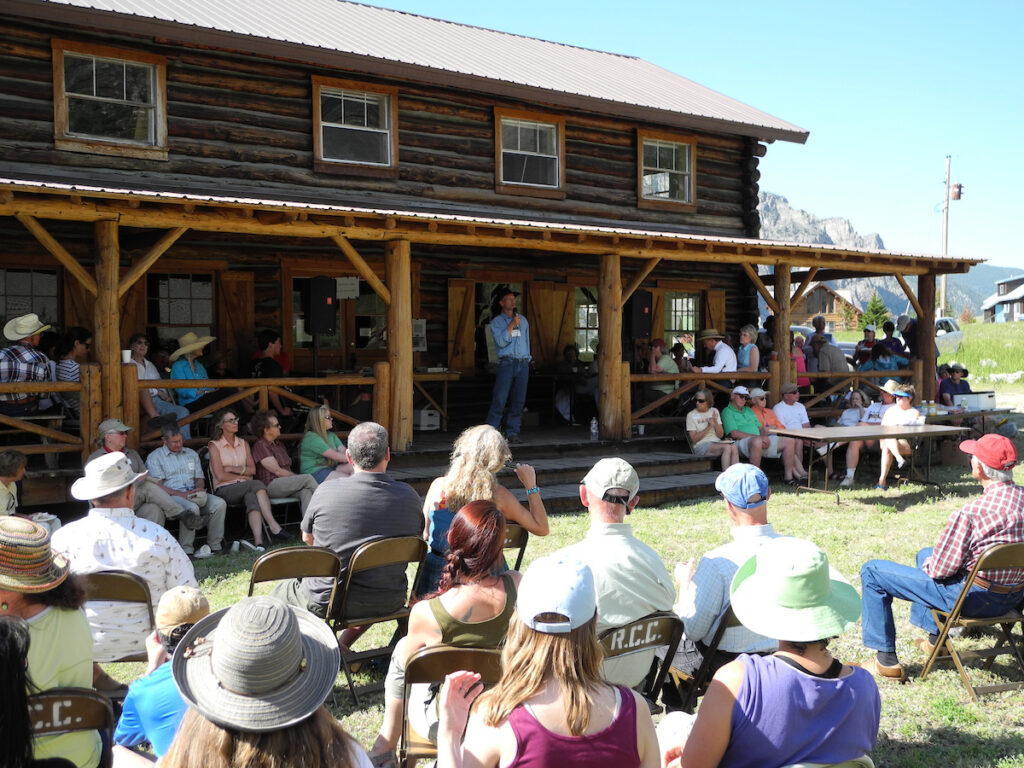
The Author Wallace Stegner famously described America’s public lands, particularly national parks, as “America’s best idea.” Millions and millions of Americans across the political spectrum who hunt, fish, swim, paddle, play, and get their drinking water from public lands understand why. And they understand that selling off America’s backyard is to trade one of our best ideas for arguably the worst. It’s the difference between knowing the price of everything and the value of nothing, as Oscar Wilde once said.
While it’s true that selling off public lands might benefit somebody somewhere, that person is not you. You’ll be the one footing the bill, and it’s a bill you can’t afford. It will come due the day comes when take your kid to your favorite fishing spot and see a high fence across the river, now polluted, with a sign from a multinational mining corporation that says “Property of X Corporation. Keep Out — No Trespassing.”
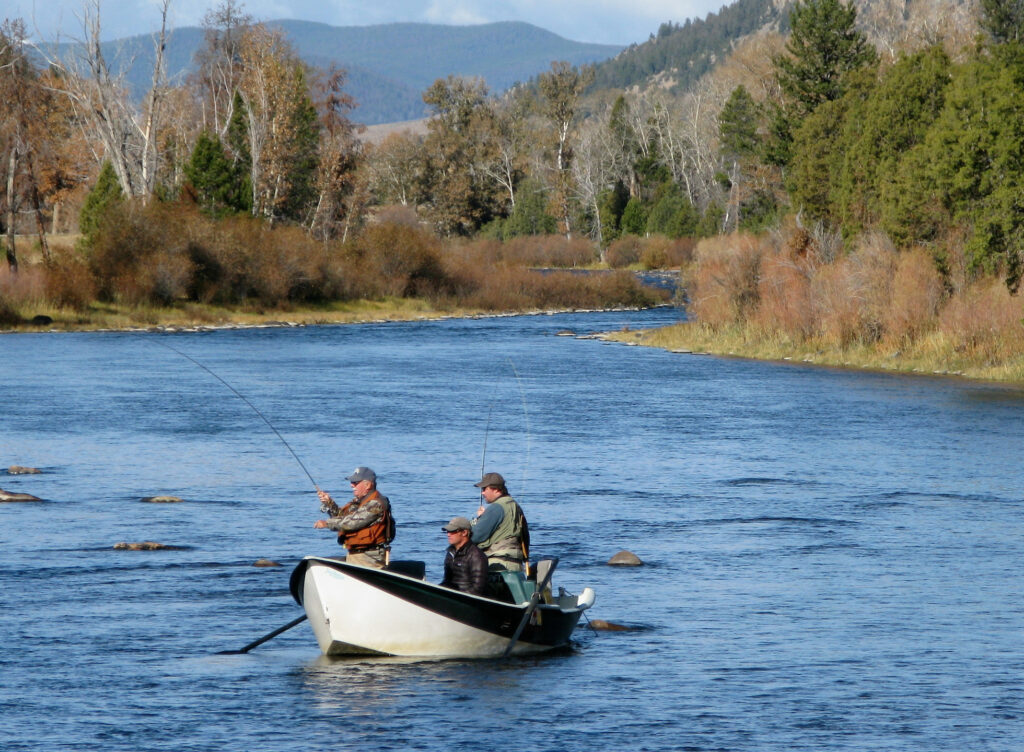
Montana Congressman and former Secretary of Interior Zinke, who led the charge in the U.S. House against the sale, summed up the importance of defending public lands best: “Our public lands is not a Republican or a Democrat issue. It’s an American issue, and we should use it in that context of being red, white and blue.”
And it is in that spirit that all Americans must remain vigilant about defending public lands and the values they provide. Because the attacks won’t stop coming. We can count on future backroom deals in Congress to dispossess the public or attempts to repeal foundational laws and policies that ensure our system of public lands management. Already foundational policies like the Public Lands Rule, the Roadless Rule, Public Lands Rule, and our system of National Monuments are under attack. Such policies are vital to ensuring balanced management of multiple uses for conservation and development.
Success in an effort like this has many authors but extra special thanks go out to the following members of Congress — Rep. Ryan Zinke (R-MT), Sen. Martin Heinrich, (D-NM), Sen. Ron Wyden (D-OR) , Rep. Mike Simpson (R-ID), Sen. Steve Daines (R-MT), Sen. Jim Risch (R-ID), Sen. Tim Sheehy (R-MT), Rep. Dan Newhouse (R-WA), Rep. Cliff Bentz (R-OR), and Rep. David Valadao (R-CA).
Defending public lands must always remain a red, white, and blue issue. Continuing to lend your voice is the only way to keep it that way. Don’t ever let them fence us in.
Healthy mountain meadows in a river’s headwaters have a cascading effect on the watershed that supports wildlife, clean water, and wildfire resilience. Wilson Ranch Meadow, a 90-acre meadow in Eldorado National Forest in California, was identified as a site that, if restored, would have watershed-wide impact and surrounding landscape, from improved groundwater storage, water quality, and enhanced wildfire resilience, to the species that depend on its health.
But how did American Rivers identify Wilson Ranch as the next meadow restoration project? Our meadow restoration work follows a life cycle that starts with watershed-scale assessment and prioritization to identify impactful restoration opportunities, followed by planning, restoration, and adaptive management of the highest priority meadows. We started this process in the American River watershed in 2016 using the meadow condition scorecard, a rapid assessment tool. This tool was developed by American Rivers, University of California, Davis, and the U.S. Forest Service, to quickly gauge the health of a meadow. Using the scorecard data, a group led by American Rivers identified Wilson Ranch Meadow as a high priority for restoration which then kick-started design and permitting work in 2019, later culminating in a road crossing replacement and full-fill channel restoration in 2023 and 2024, with adaptive management slated for fall 2025.
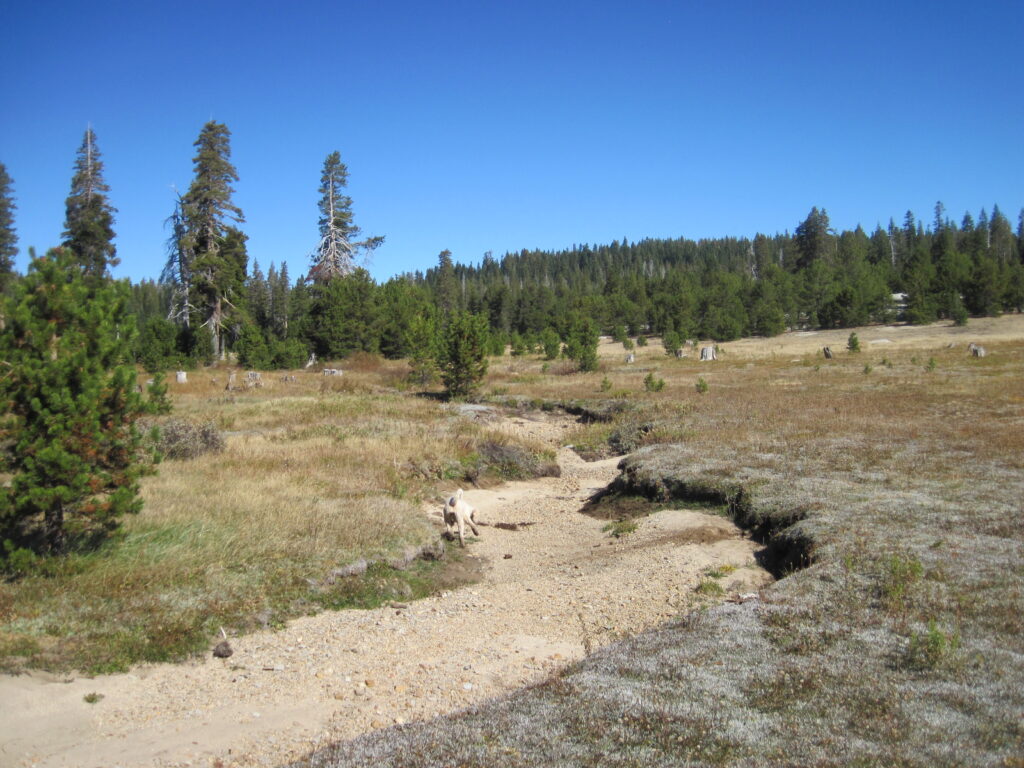
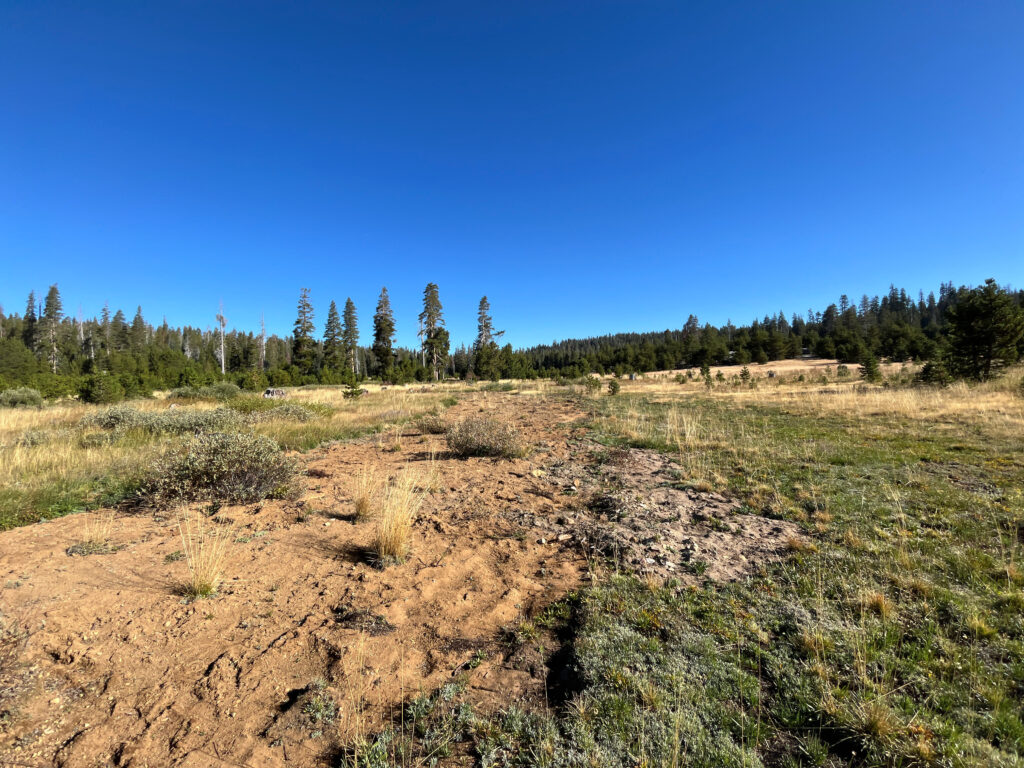
This meadow in particular serves as a stopover for migratory bird species such as willow flycatcher and provides important habitat for species like the southern long-toed salamander. The restoration phase of the project was completed last September, making this spring and summer the first time we were able to see the impacts on the hydrology of the meadow. The photo below shows flows spreading across the meadow, whereas before they funneled into an incised channel and drained away from the meadow before it could provide support for native plant and animal species. The Wilson Ranch project is now in the adaptive management and post-restoration monitoring phase, where we will continue to measure the effects of restoration and ensure our impact on the ‘fireshed’ moving forward. In September of this year, we will complete adaptive management to prevent erosion and the incision the channel, and will also continue to monitor groundwater levels, vegetation, and soil carbon in the meadow.
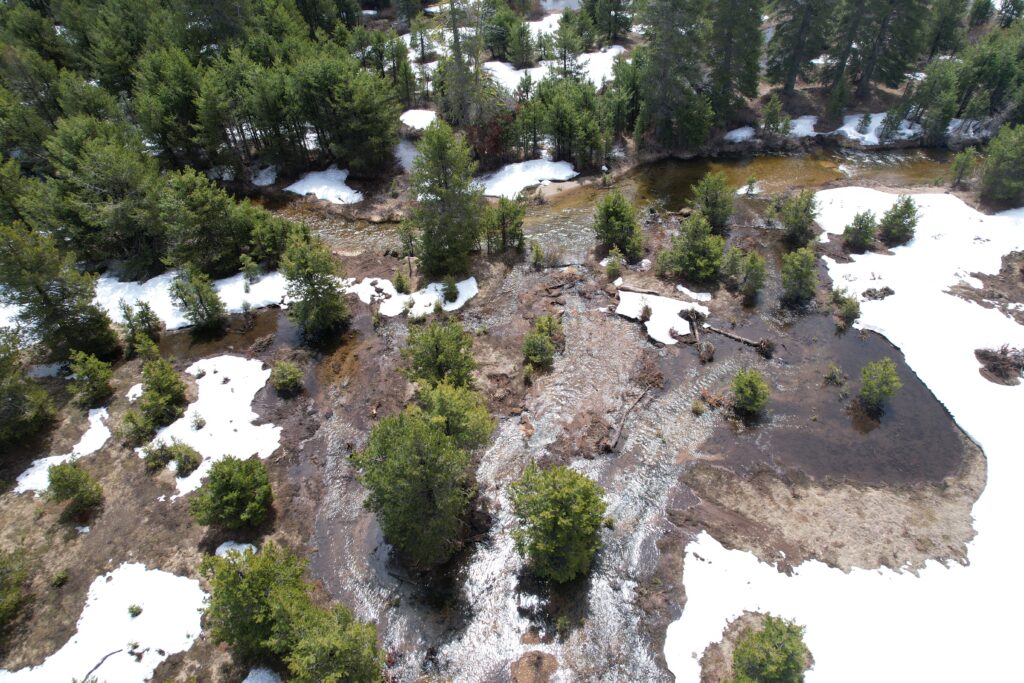
Throughout the restoration life cycle of Wilson, California experienced some of its largest and most destructive wildfires in recorded history. It became apparent that the qualities that sustain a healthy meadow for clean water and wildlife, also make them excellent at mitigating the negative impacts of wildfire by capturing sediment and runoff and providing high quality habitat for all life that depends it. Healthy meadows can also serve as natural breaks in fuel that can help prevent the spread of wildfire. With this in mind, American Rivers pivoted from a watershed-scale approach to a ‘fireshed’ based approach for the first time. In coordination with our partners at the Eldorado National Forest at Wilson, we updated our prioritization process to incorporate factors such as burn severity and sediment capture potential and shifted our focus to the Caldor Fire footprint, which burned approximately 167,000 acres of Eldorado National Forest in 2021.
The Wilson Ranch project and our prioritization work in the Caldor Fire footprint speak to the collaborative approach we bring to restoration work, working alongside partners such as Eldorado National Forest and in coalitions such as the Sierra Meadows Partnership and the Healthy Eldorado Landscape Partnership that are larger than the sum of their parts. This is the driving philosophy behind the landscape-scale healing of California’s watersheds, and post-fire recovery and wildfire resilience in an era of a changing climate. And as we wrap up this prioritization process, we are looking forward to tackling new restoration projects that support wildfire recovery and resilience in the Caldor region.
The restoration at Wilson Ranch Meadow was funded by the California Department of Fish and Wildlife, the California Wildlife Conservation Board, and the National Fish and Wildlife Foundation, all of whom have been ardent supporters of meadows and the wildlife that depend on them for many years.
This article was first published in The Spokesman-Review on July 16, 2025.
While much attention goes to what divides us, I think we have more in common than not. That is the lesson from the Yakima River, where government, the Yakama Nation, conservationists and agriculture have united to address urgent water and salmon scarcity in central Washington. It’s a successful model we can apply to the Columbia Basin.
In 2023, the U.S. government, the states of Washington and Oregon, and four tribal nations set aside decades of confrontation over dams, fish conservation, and treaty rights and signed the Resilient Columbia Basin Agreement. It was deeply disappointing, then, when the executive memorandum came down last month, withdrawing the federal government from this historic $1 billion commitment to restore the Northwest’s primary river basin.
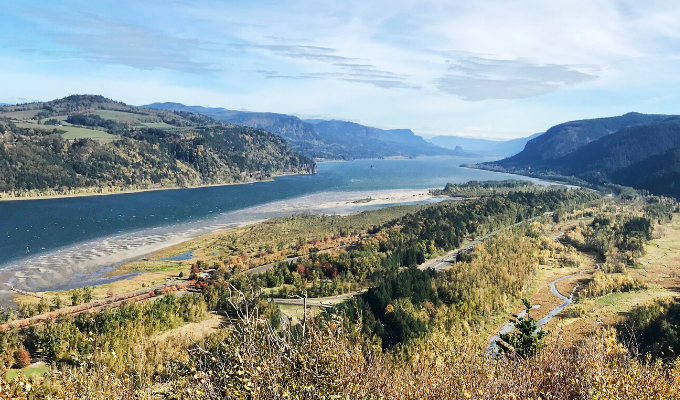
As a lifelong conservationist, I felt profound loss for the region I love and strive every day to protect. A healthy Columbia Basin is the linchpin of life in the Pacific Northwest. Our clean water, our farms, our energy, our salmon and the 137 known animal species they support, our intertwined local economies – all of this, and more, depend on the river.
Ending this federal investment is a setback, but it doesn’t mean threats to the Columbia and its tributaries, including dams, habitat loss, overharvesting and warm waters, have also disappeared. Where does the Pacific Northwest go from here? Giving up on the Columbia Basin is not an option. We must find another way, rooted in collaboration and shared values.
Occasional increases in salmon returning to the basin are held up as signs of hope, but sadly, they don’t tell the whole story. What matters most for long-term recovery are unique populations of healthy and abundant wild fish. The scientific reality is grim. Returning stocks of Columbia River fish are nowhere near the interim goal of 5 million by 2025, set by the Northwest Power and Conservation Council in 1987, let alone the 10 to 16 million wild fish that returned historically.
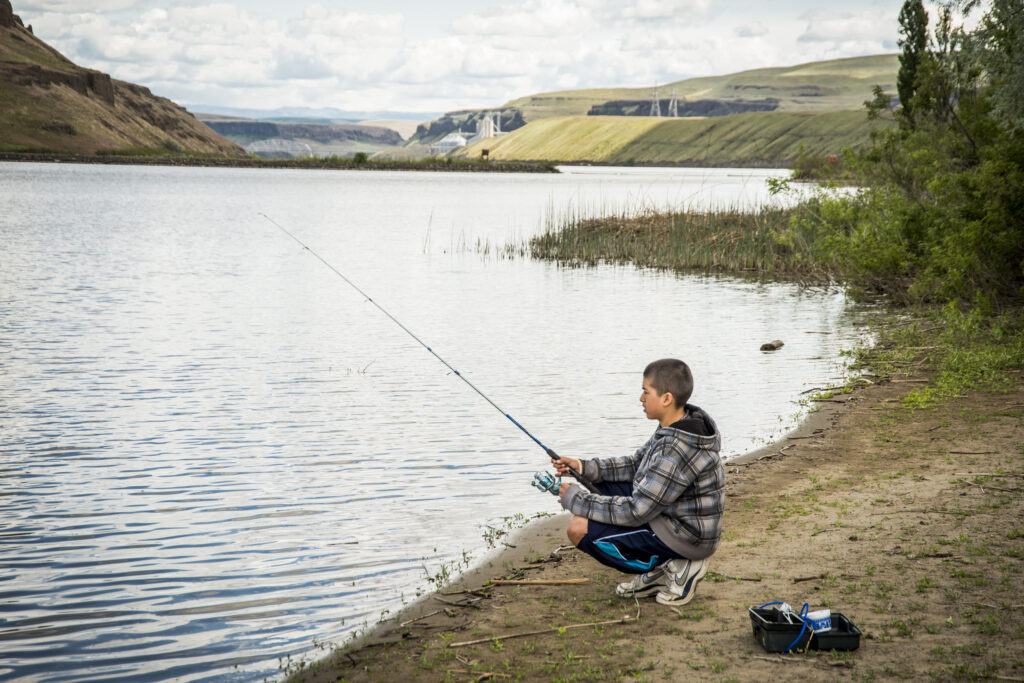
“Context is important when we’re talking about fish status and facts,” -a fisheries biologist for the Nez Perce Tribe explained at a news conference last month.
Of the 16 salmon and steelhead stocks that once spawned above where Bonneville Dam sits today, four are extinct and seven still listed under the Endangered Species Act. In the Snake River basin, spring/summer stocks of chinook salmon are nearly functionally extinct. These are signs of a continuing crisis. They should motivate all who live, work and depend on these rivers to come together on local solutions.
We know how to restore the Columbia. We have a blueprint based on decades of relationships, knowledge and expertise that addresses thoughtful actions for recovering salmon. At the same time, we must ensure tribes, communities and the farmers who support a multibillion-dollar agricultural industry thrive. Washington state agencies must complete their studies into how services provided by the four dams on the lower Snake River can continue when the dams are breached. The state Legislature directed agencies to plan for service continuity in four areas:
- Transportation alternatives to wheat barging along the lower Snake
- Water from a free-flowing river for farms and municipalities
- River recreation
- Clean energy projects in lieu of hydropower. So far, these studies show great promise
The reservoir behind Ice Harbor Dam irrigates up to 55,000 acres of farmland, and Lewiston and Clarkston use the reservoir behind Lower Granite Dam for municipal water. A plan by the Department of Ecology shows there will be more than enough water in a free-flowing lower Snake River to cover these needs. Likewise, the Department of Transportation’s initial work on rail and road options for moving wheat from Eastern Washington, Idaho and Oregon looks viable.
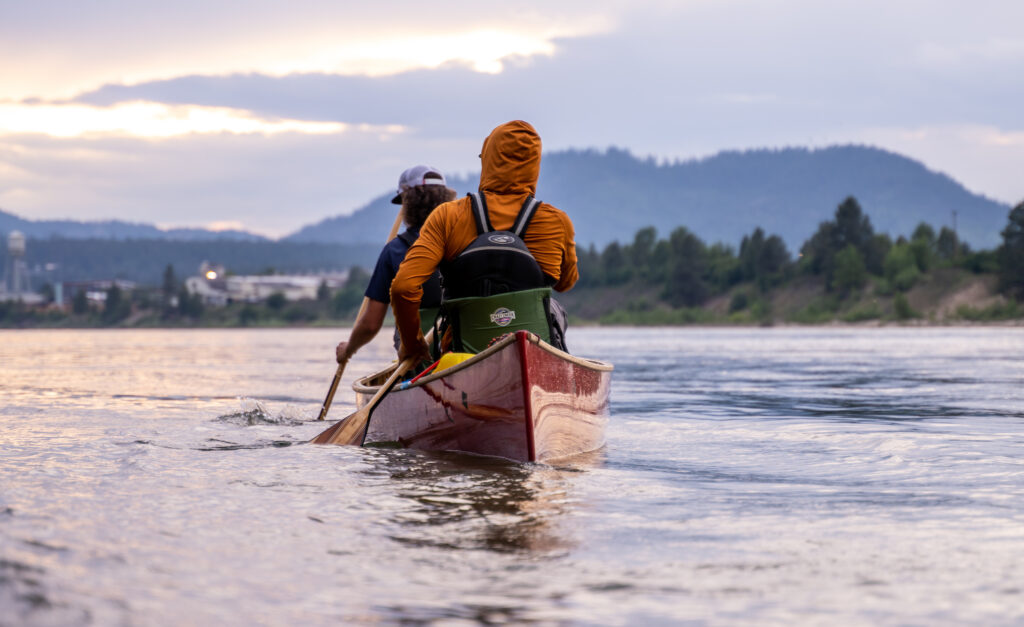
Boaters, hikers, fishers, jetboaters, whitewater rafters and the cruise industry provided input to the Recreation and Conservation Office about the benefits and tradeoffs of restoring a free-flowing river. The state’s energy study will be completed in 2026. Given that the four dams on the lower Snake generate just 4% of the region’s total electricity, there is every reason to feel positive about alternatives here, too.
We have work to do in the Columbia. Fortunately, the tribal leadership and the state, community and environmental groundswell remain. It’s up to us to stay connected on a vision for healthy rivers, a strong economy, and vibrant communities. Instead of maintaining status quo in a world that can no longer sustain it, we can reimagine and work toward a thriving region for everyone – now, and for future generations.
It’s said a picture is worth a thousand words. That adage could not be more true than in what we see right now – viral images of a Southern Resident orca carrying her recently deceased newborn daughter around the Salish Sea in the Pacific Northwest. It’s the second time in recent years that the mother orca, known as J35, or Tahlequah (pronounced ta·luh·kwaa), has exhibited this behavior with a dead calf for the world to see.
If you find the images heartbreaking, you are not alone. If you don’t already understand why this tragedy is happening, you should know that the Southern Resident orcas are very hungry and malnourished. Their numbers have dwindled to just 72 individuals, down from 88 in 2005 when they were listed under the Endangered Species Act. Two other calves and two adults from their pods perished in 2024 alone.
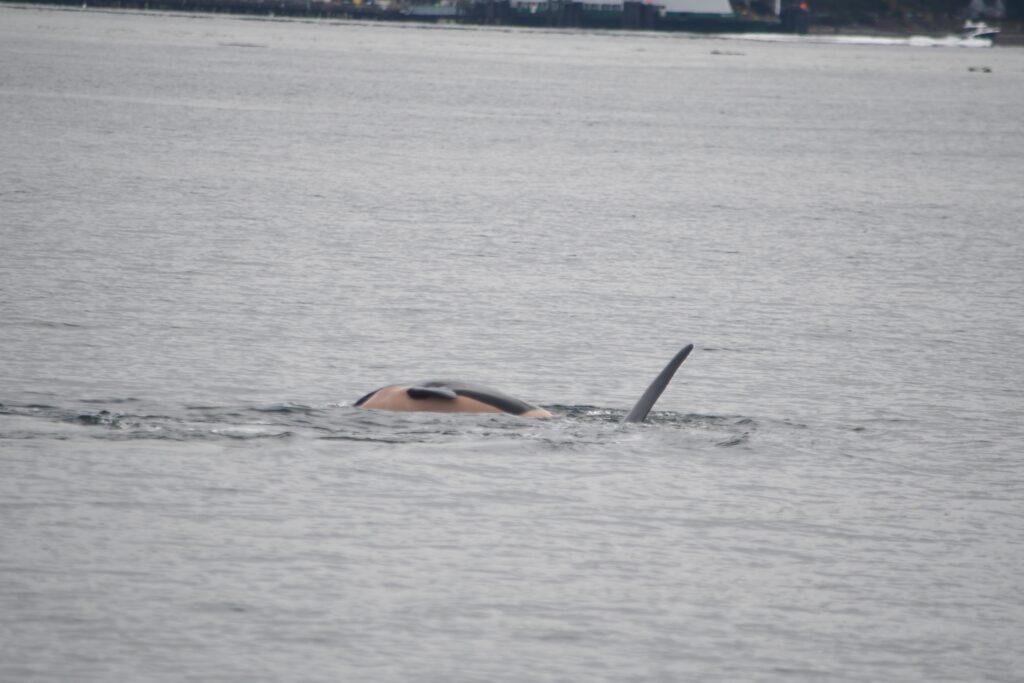
Four dams along the lower Snake River in Eastern Washington have blocked the passage of the wild Chinook salmon the Southern Residents rely upon for food for decades. Historically, the Snake was the largest salmon-producing tributary in the entire Columbia River basin. In addition to affecting predators like the orca, the loss of salmon species has devastated the region’s Tribal Nations, whose members depend on healthy salmon runs for their own sustenance, culture, and survival.
There are 14 dams on the mainstem Columbia River, and more than 60 dams on rivers across the Columbia basin, but the four lower Snake dams have had an outsized impact on salmon runs. Many scientific studies conclude that breaching these four dams is the best and most expedient way to address the river’s salmon scarcity. American Rivers, in collaboration with many partners, strongly advocate for removal of the dams to restore a free-flowing lower Snake River, while investing in infrastructure to maintain or enhance the region’s hydropower, transportation, and irrigation needs. This is part of an effort to restore the entire Columbia River Basin through an initiative led by the Warm Spring Tribes, Yakama Nation, Umatilla Tribes, and Nez Perce Tribe, as well as the states of Washington and Oregon.
“We know breaching the dams is central to healing the Snake River, and we are determined to keep momentum towards that end,” said Sarah Dyrdahl, northwest regional director for American Rivers. “Additionally, we are actively supporting and leading on many other projects that are critical to the health of the whole Columbia Basin, which the Snake River, of course, flows into.”
Those projects include millions of dollars of investment in fish recovery, floodplain restoration, irrigation efficiencies, and the removal of other barriers affecting the natural flow of the Columbia River and its major tributaries, notably the Snake and Yakima.

On the lower Snake River, breaching the dams is anticipated to bring enormous benefit not only to the salmon and the Southern Resident orcas, but to the whole Pacific Northwest ecosystem, which includes more than 100 species that depend on salmon, as well as the people who live across the region. This website, Imagining a New Future for the Lower Snake River, shows what dam removal would mean for everyone, from Tribes to farmers, hunters to business owners, and provides a vision of what a restored river would look like.
To ensure everyone benefits when we transition to a free-flowing lower Snake River, multiple studies have been underway to determine alternatives to the services the four lower Snake River dams currently provide for energy, transportation, irrigation, and recreation. Most recently, the Washington Department of Ecology and the Bureau of Reclamation released a draft water supply replacement study. American Rivers and our partners applaud the study’s key findings, including that sufficient water would exist in a free-flowing lower Snake River to meet all current agricultural, municipal, and industrial needs year-round, even under low-water scenarios.
“This study is a milestone for the Pacific Northwest,” Kayeloni Scott, executive director of the Columbia Snake River Campaign, said in a statement. “It’s an acknowledgment of the harm caused by the lower Snake River dams to Tribes and their treaty-protected rights, while also showing how we can restore salmon, irrigate crops, and support thriving communities. The solutions outlined here prove it’s not a choice between fish and farms but rather an opportunity to have both.”
Breaching the lower Snake dams aligns with a national and global trend in dam removal, which recognizes the environmental and economic benefits that come to all with the return to healthy, free-flowing rivers. As Tahlequah is desperately showing us, it is action we must urgently embrace in the Pacific Northwest.
In the heart of North Carolina’s High Country, the Watauga River is remembering its path. From its headwaters at Grandfather Mountain, it winds through forests and over rocky banks before flowing into Watauga Lake in eastern Tennessee. For over 150 years, Shull’s Mill Dam stood as a concrete barrier across these waters, a remnant of the region’s industrial past.
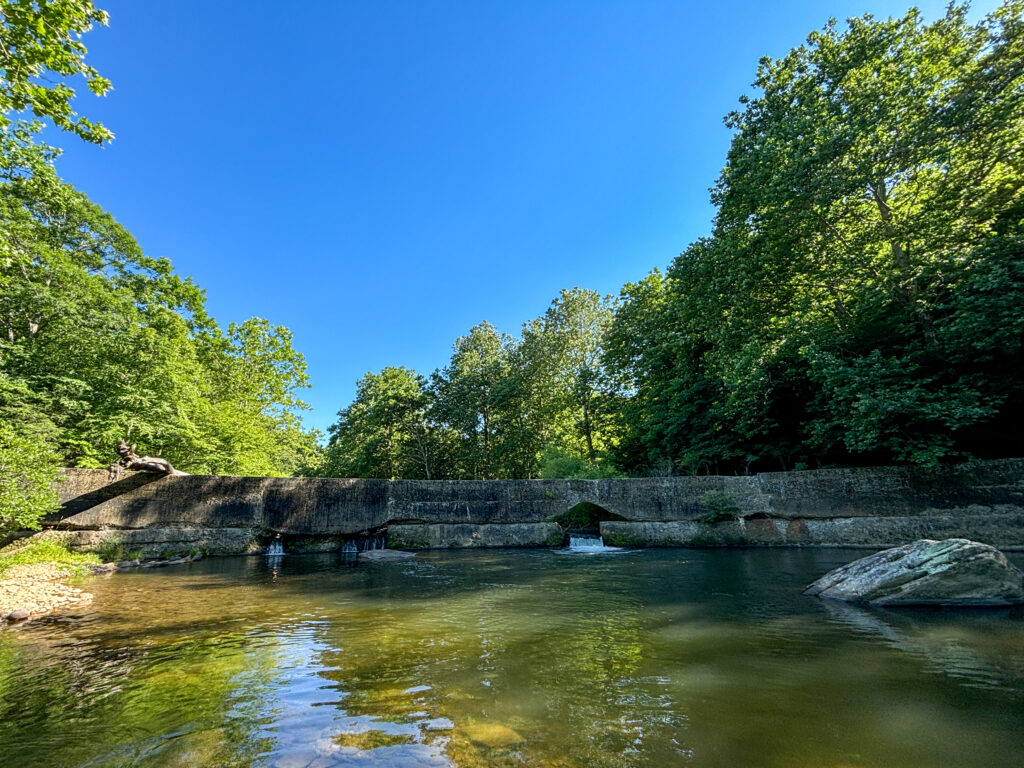
American Rivers, MountainTrue, and the U.S. Fish and Wildlife Service joined forces to remove the dam, transforming the river’s ecosystem. When combined with the 2021 removal of Ward Mill Dam downstream, our partnership created something remarkable: a 78-mile corridor of free-flowing water — an achievement that would soon prove far more important than anyone imagined.
Nature’s test: Hurricane Helene
In October 2024, Hurricane Helene devastated the region with unprecedented rainfall. But without the dam in the way, the river handled the flood like it had for thousands of years before. “Rivers need room to move, and when we can move restrictions out of the way, communities are safer,” explains Erin, American Rivers’ Southeast Conservation Director. The timing of the dam removal couldn’t have been better — engineers believe the old dam would likely have failed during the hurricane, potentially causing catastrophic damage downstream.
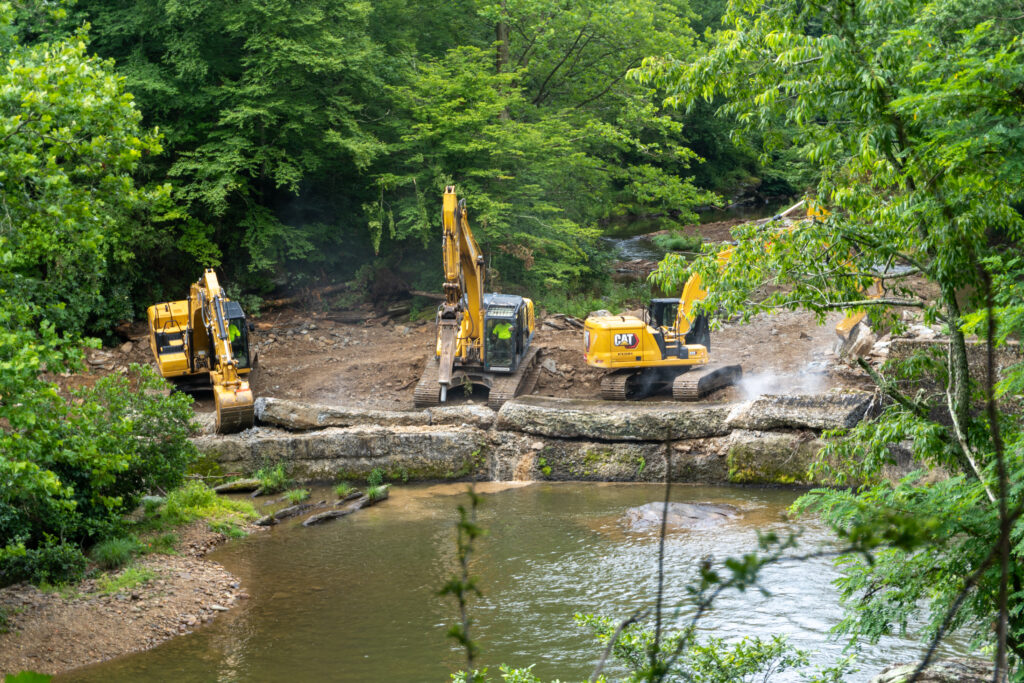
The Ward family, who had made the difficult decision to remove their family’s historic dam in 2021, found relief in the aftermath of Helene. “Hearing from Ms. Ward that surviving Helene was attributed to removing the dam — that’s a strong testimony to the impact of this work,” Erin shares.
The power of local partnerships
This project’s success was built on trust and relationships. “We were only able to achieve this because of a strong partnership we’ve had with MountainTrue since 2020,” Erin reflects.
For Erin, whose connection to rivers runs deep, this project represented something personal. “Growing up on the banks of the Mississippi river, we couldn’t touch the river because it was dangerous,” she recalls. “I fell in love with the Southern Appalachian Mountains, this river is where I caught my first trout and go to recharge. This project is about giving something back — helping the river flow freely while supporting the people, wildlife, and communities here.”
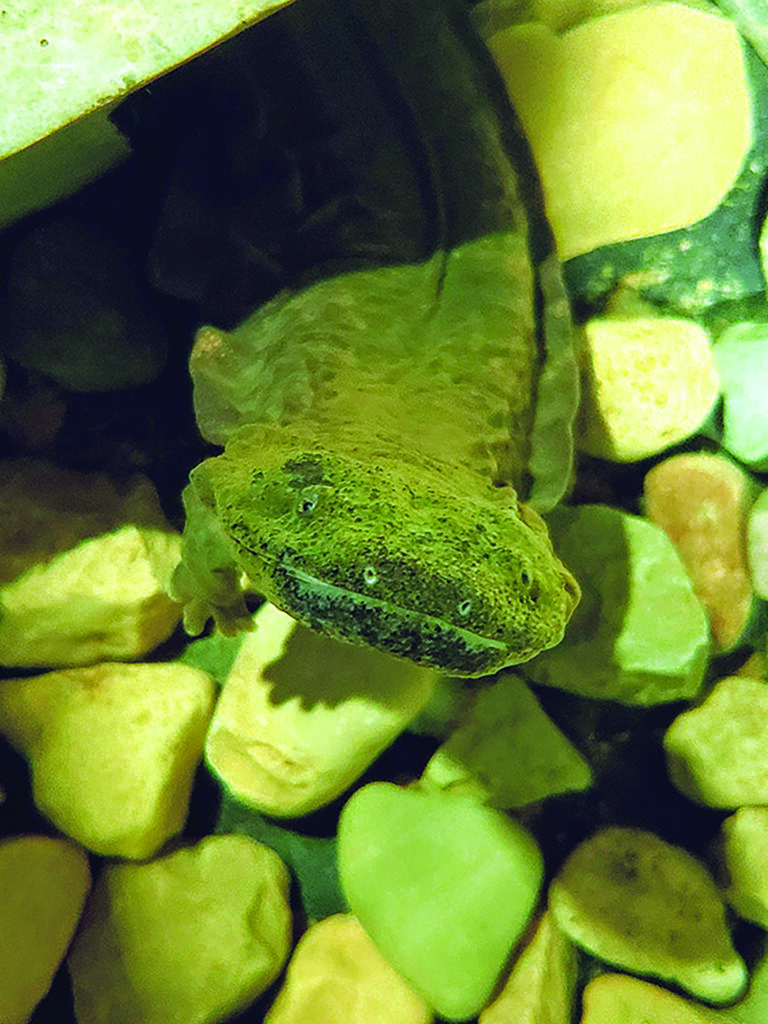
Part of a larger movement
The Watauga River story adds to a growing movement across the nation. While large dam removals grab headlines, it’s smaller projects like Shull’s Mill that show how local action can protect the places we love, while ensuring community safety against climate change. For our team at American Rivers, each project brings us closer to our goal of removing 30,000 obsolete dams nationwide.
“We’re inextricably linked to these rivers,” Erin concludes. What started as removing old concrete has grown into something far more powerful — a blueprint for how our partnerships, our relationships, and our reconnection to rivers can build a stronger and more vibrant future for both people and nature.
For more details about this project, check out these stories.
Associated Press, Federal infrastructure funding is fueling a push to remove dams and restore river habitat
Sierra Magazine, Hellbenders in Paradise
BBC Wildlife, Scuba-diving scientists capture rare underwater footage of prehistoric-looking hellbenders in North Carolina
WFAE, NC biologists mount ‘search-and-rescue operation’ for America’s largest salamander before dam removal
National Geographic, How removing a dam could save North Carolina’s ‘lasagna lizard’
Ask Rep. Zinke to support the Montana Headwaters Legacy Act! It only takes 90 seconds to make a difference!
The Montana Headwaters Legacy Act reached a major milestone on November 19 when it advanced through the U.S. Senate Committee on Energy and Natural Resources on a 10-9 party-line vote. Despite the fact that the bill enjoys overwhelming support from Montanans across the political spectrum, Montana’s junior Senator, Steve Daines, voted against it, saying it is too ambitious and lacks support from a handful of county commissions that weighed in at the 11th hour. This marks the first time the legislation has been sent to the U.S. Senate floor, and it can now be considered for inclusion in a public lands package that Congress may pass by year’s end.
Sponsored by Senator Jon Tester (D-MT), the Montana Headwaters Legacy Act (MHLA) would add 19 rivers and 327 river miles in the headwaters of the Missouri and Yellowstone River systems to the National Wild and Scenic Rivers System. If passed into law, the MHLA would permanently protect the free-flowing nature, water quality, and outstanding values of some of Montana’s most cherished and iconic waterways, including the Gallatin, Yellowstone, Smith, Boulder, and Stillwater rivers.
Fourteen years in the making, the MHLA is community-driven, broadly supported, and deeply vetted legislation crafted by thousands of Montanans who understand the importance of clean water and healthy rivers to the two biggest pillars of the state’s economy – agriculture and outdoor recreation. This legislation carefully balances protecting rivers from dams and other harmful projects, while also allowing traditional uses like recreation, grazing, and forest management to continue.
Since the bill was first introduced in Congress in 2020, support for the MHLA has continued to grow. To date, the MHLA has garnered the support of 3,500 citizens and community leaders and more than 2,000 Montana based businesses, including the largest mining company in the state. Numerous statewide polls over the past four years show more than 8 out of 10 Montanans support the legislation, including supermajorities of Republicans, Democrats, and independents.
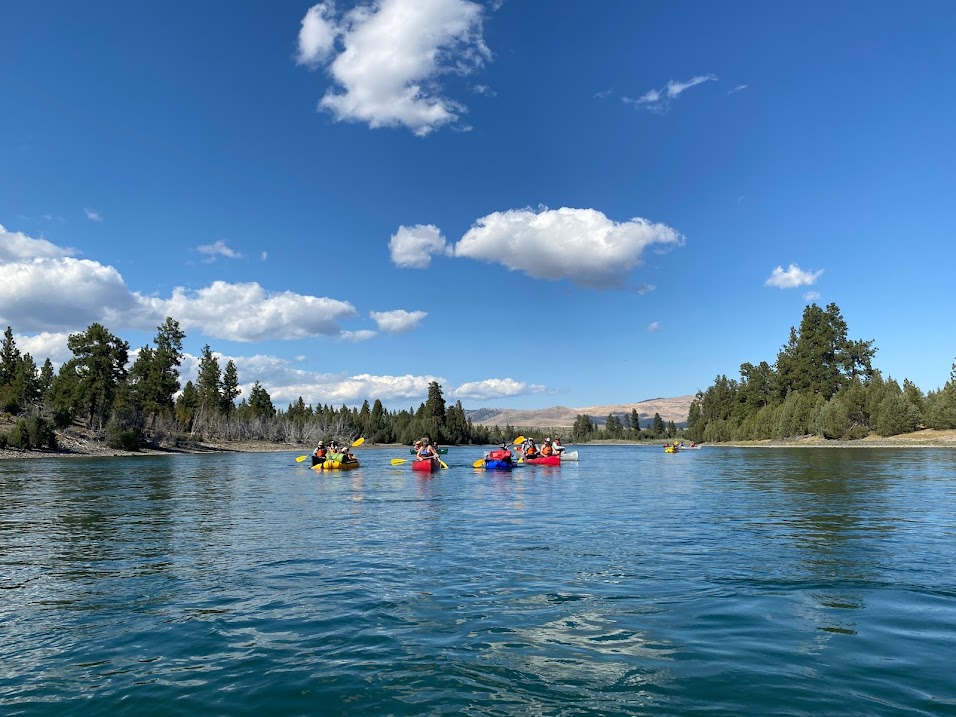
Of Montana’s 177,000 miles of rivers and streams, less than 0.02% have been protected as Wild and Scenic. Since 1976, only 20 miles of one stream, East Rosebud Creek, have received new Wild and Scenic River protections. Meanwhile, Idaho, Wyoming, and Utah have added nearly 1,000 miles of new Wild and Scenic Rivers since 2009.
To give the MHLA the best shot of passing into law by year’s end, we need all of Montana’s four-person congressional delegation paddling in the same direction.
Ask Rep. Zinke to support the Montana Headwaters Legacy Act! It only takes 90 seconds to make a difference!
A love for our rivers is something that unites Montanans from across the political spectrum. If we can’t protect the smallest sliver of our absolute best rivers and streams, what kind of Montana do we think we will pass along to future generations?
It started with small moments: a burning river on a newsreel, tadpoles in a suburban pond, the tenacity of tiny eels, a revelation about environmental justice in a college classroom. For four women on American Rivers’ team in the Mid-Atlantic region, these seemingly minor encounters sparked a cascade of change. Today they are among the nation’s foremost river experts, helping revive hundreds of miles of waterways so nearby communities and nature can thrive. Their stories remind us that sometimes the most powerful environmental changes begin with a personal connection to water.
When asked what drew them to river conservation, each member reveals a unique path that led to the same calling. And like all river-loving conservationists, each had that defining moment when their work became more than a job – it became their mission. Here are their stories.
Lisa Hollingsworth-Segedy, Director of River Restoration
Lisa has helped transform rivers across Pennsylvania and West Virginia, contributing to 103 dam removal projects. She brings together communities, engineers, and conservationists to restore rivers to their natural state.
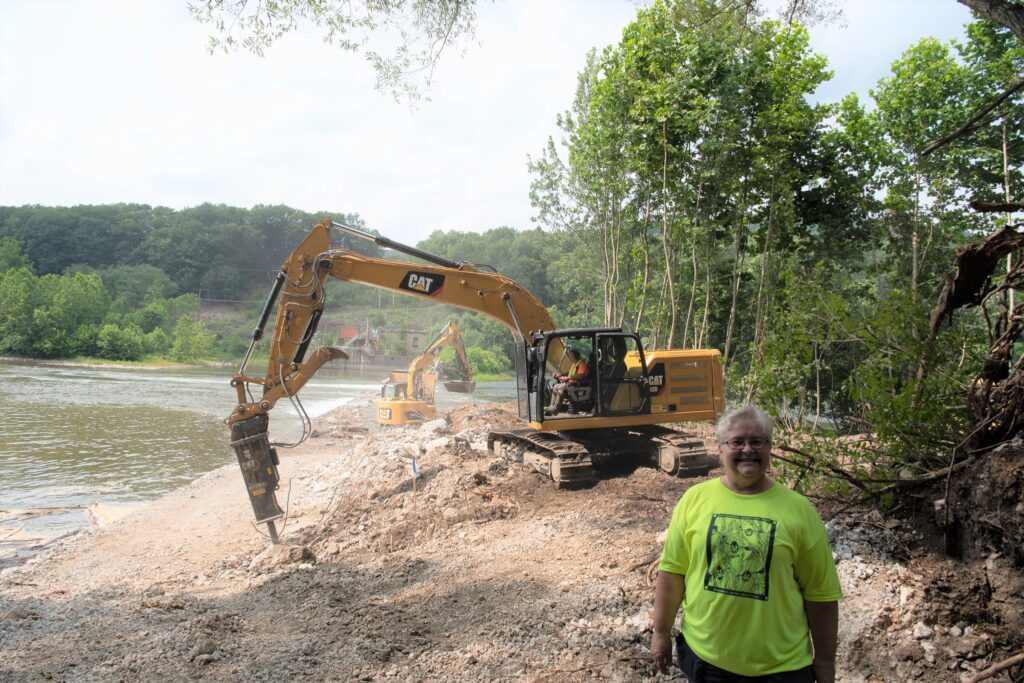
The spark: where it all began
For Lisa, it was a series of powerful images that shaped her future. “I can still see them in my mind’s eye,” she recalls. “As a teenager, I watched a news reel of the Cuyahoga River on fire. Later, I witnessed the starved Alcovy River downstream from an amenity lake where I’d once fished, swam, and ice skated. The riverside habitat had become a ghost forest because an earthen dam was hoarding its water.”
These early experiences coincided with watershed moments in environmental protection — Earth Day, the Environmental Protection Agency, and the passage of the Surface Mining Control and Reclamation Act. “These changes helped me envision a career dedicated to caring for the environment.”
Defining moments: why this work matters
In fifteen minutes, Lisa’s life changed forever. “We had just removed a failing dam on a tributary to the Allegheny River,” she remembers. “The dam had been blocking wild brook trout from reaching their headwaters since the 1940s. After the concrete dam came down and the big yellow equipment fell silent, I stood on the stream bank, watching the current flow freely for the first time in generations. Within fifteen minutes, the first brook trout appeared, swimming tentatively past where the dam had stood. It turned a couple of slow circles, as if checking out the improvements to the neighborhood. Then it shot up the channel in a silver flash — the first fish to ascend to home waters in many fish generations. As my tears flowed, I wished for safe passage for the trout and knew beyond all doubt that reconnecting rivers was my life’s work.
Lia Mastropolo, Director of Clean Water Supply
Lia partners with cities, states, and organizations along the East Coast to develop programs that reduce river pollution while strengthening the resilience of cities in the face of climate change. Her expertise in federal and local initiatives helps transform policy into action, ensuring that clean, healthy rivers remain accessible to everyone.
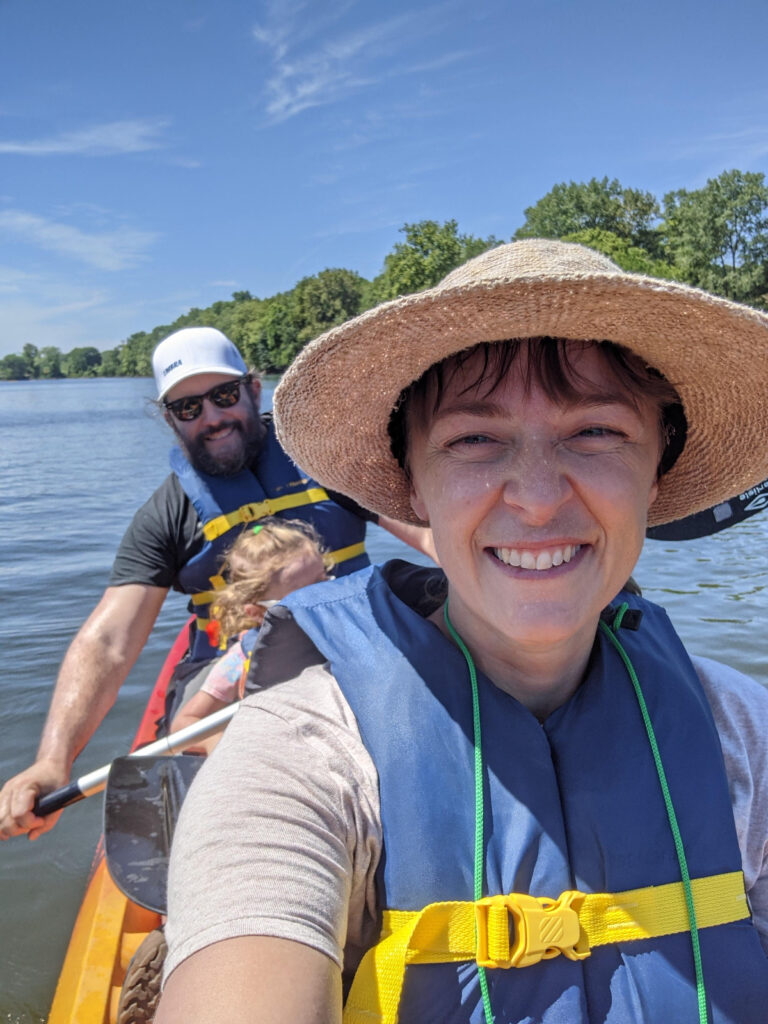
The spark: where it all began
For Lia, the connection to water started early. “Whenever I’m outdoors, I’m most interested in being near water,” she says. “When I was a kid that meant catching tadpoles in the pond at the center of my subdivision and finding every seep and spring in the woods behind my house. Looking back, all those waters were polluted, but I didn’t know that then — they were simply magical, mysterious places to me. It was only later in my twenties, when I was hired to do admin work for a local nature preserve, that I learned you could actually get a job working with rivers.”
Defining moments: why this work matters
Between city blocks and behind houses, Lia finds magic in urban waterways. “Last fall I had the opportunity to lead a group of young people along Cobbs Creek in Philadelphia as part of a career discovery program. We were looking for signs of pollution and erosion, and we certainly found that. But we also found some incredibly beautiful sections of stream and forest, hidden away behind the houses. The sound of the water running over rocks took me immediately out of the noise of the city. I thought, if we can make places like this cleaner, safer, and more accessible, we can all have that feeling of discovery right in our back yards. That’s what really excites me about this work.”
Jessie Thomas-Blate, Director of River Restoration
Jessie excels in turning river restoration data into compelling stories of success. By documenting dam removals and their benefits, she helps communities and partners across the country envision what’s possible when rivers flow free.
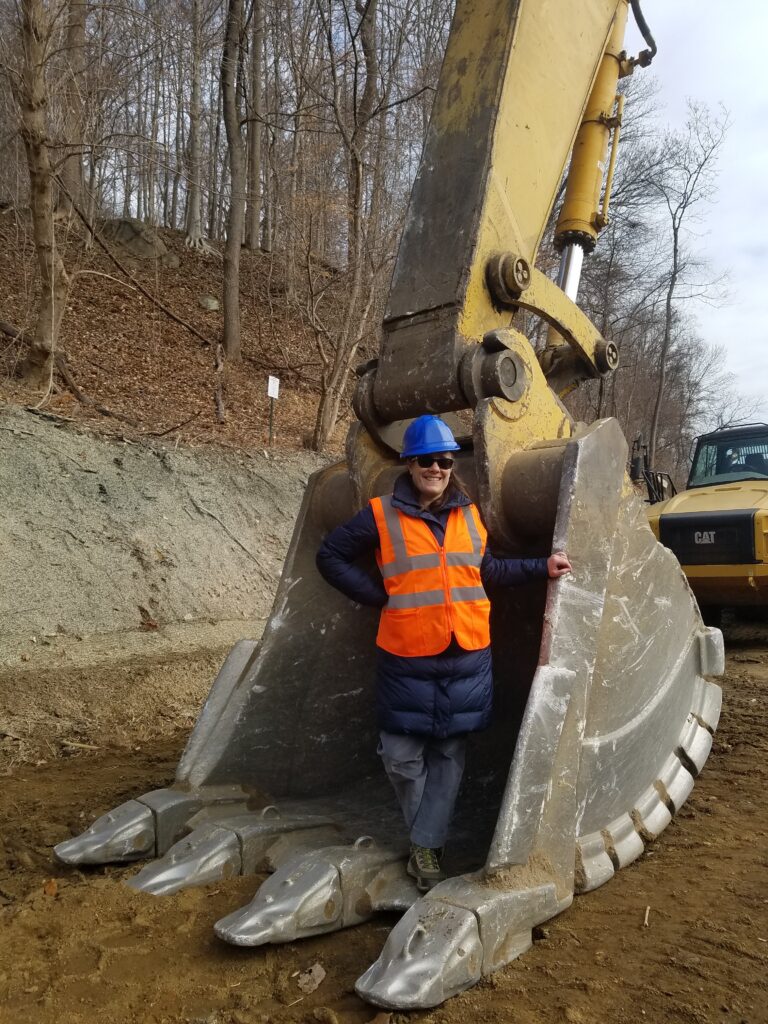
The spark: where it all began
For Jessie, the path to river conservation started with a love of animals. “In my junior year of college, studying in Costa Rica opened my eyes to the world of conservation,” she recalls. “It was then I decided that I needed to fight to keep incredible species and habitats thriving. Later, in graduate school, I discovered the fascinating dynamics of water ecosystems and the incredible creatures living right in our backyard. Along my journey at American Rivers, I learned about river restoration and the impacts of dams on both natural and human communities. I realized I could help both people and wildlife become more resilient — and maybe get to legally blow something up from time to time!”
Defining moments: why this work matters
Tiny eels taught Jessie about persistence. “During my first hardhat experience at the Harvell Dam removal on the Appomattox River, I watched tiny eels squirming through construction debris, determined to move upstream,” she recalls. “Nearly a decade later, after removing Bloede Dam, Maryland officials documented tens of thousands of eels using a ladder at Daniels Dam upstream — compared to just a handful before. These resilient creatures, so determined to reach their destination, remind me to keep moving around hurdles and never give up.”
Corinne Butler, Program Director
Corinne combines her expertise in ecology with a deep commitment to environmental justice, ensuring conservation efforts benefit all communities. Her experience in field research, community organizing, and project management helps strengthen connections between rivers and the people who depend on them.
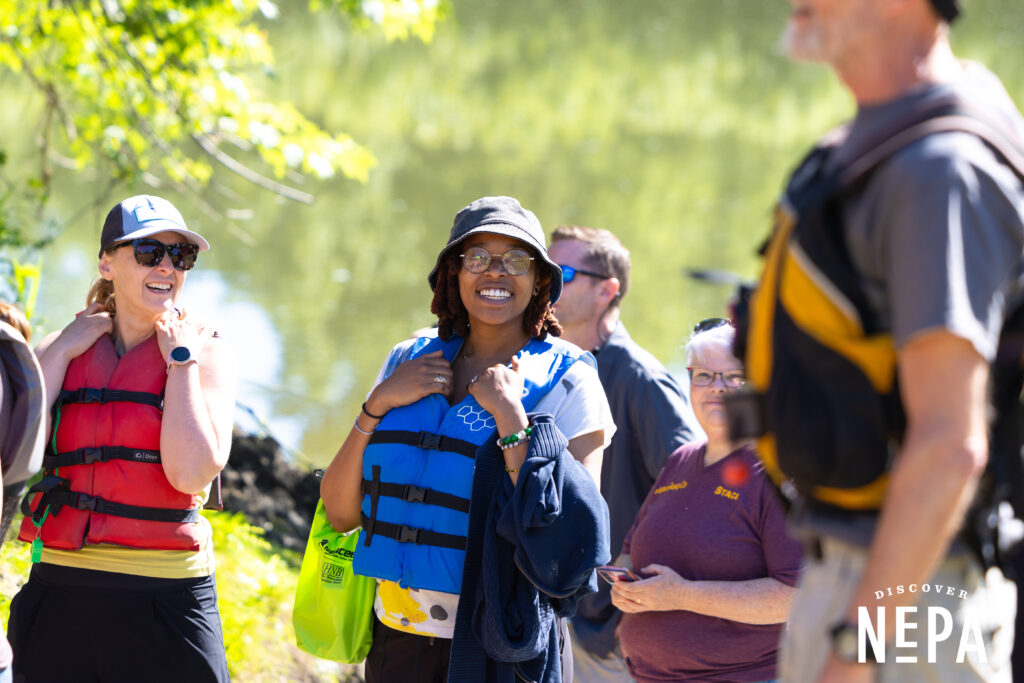
Where it all began
For Corinne, her connection to environmentalism formed in a college class that introduced the concept of the environment’s impact on human health and health disparities. What began as a pivot from chemistry to environmental science evolved into a deeper mission — understanding the intersection of environmental justice and conservation. “I have been drawn to this work to make meaningful change in the world,” she shares.
Defining moments: why this work matters
On each restored river, Corinne sees a community transformed. “Working alongside experienced leaders in the field, I’ve witnessed how restoration creates meaningful change,” she shares. “These projects create opportunities for people to connect with nature, especially in areas that have historically lacked access. That’s exactly why I do this work.”
These four stories remind us that every river champion starts with a moment of connection — what is yours?
